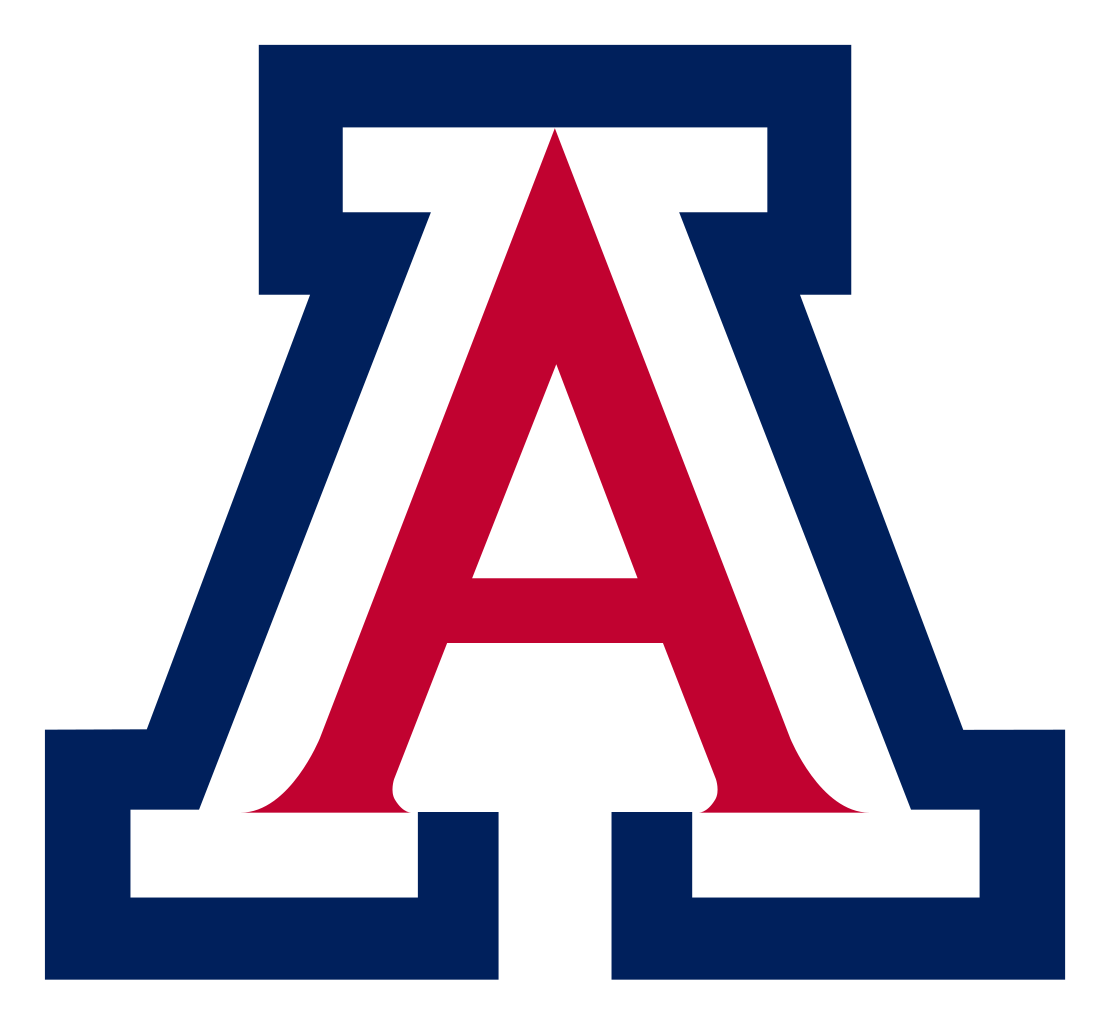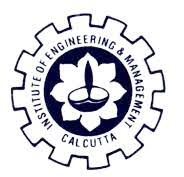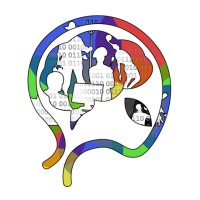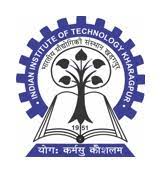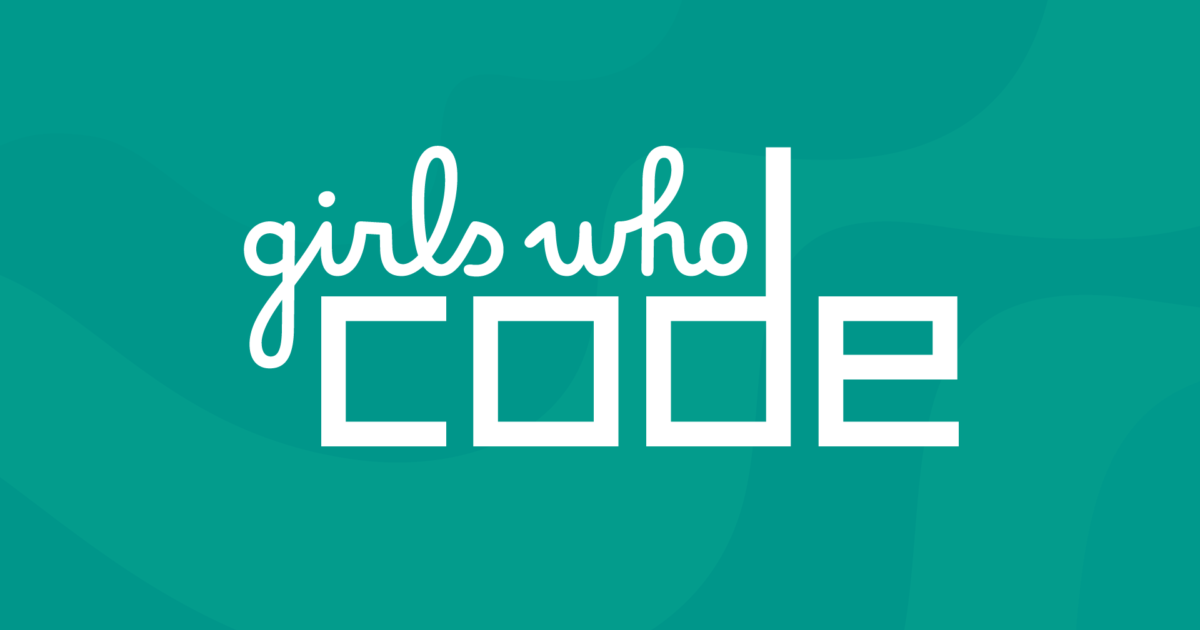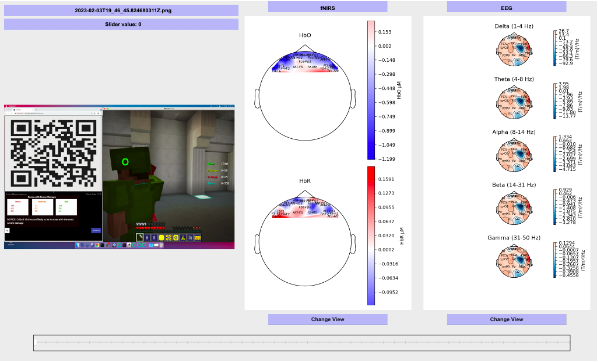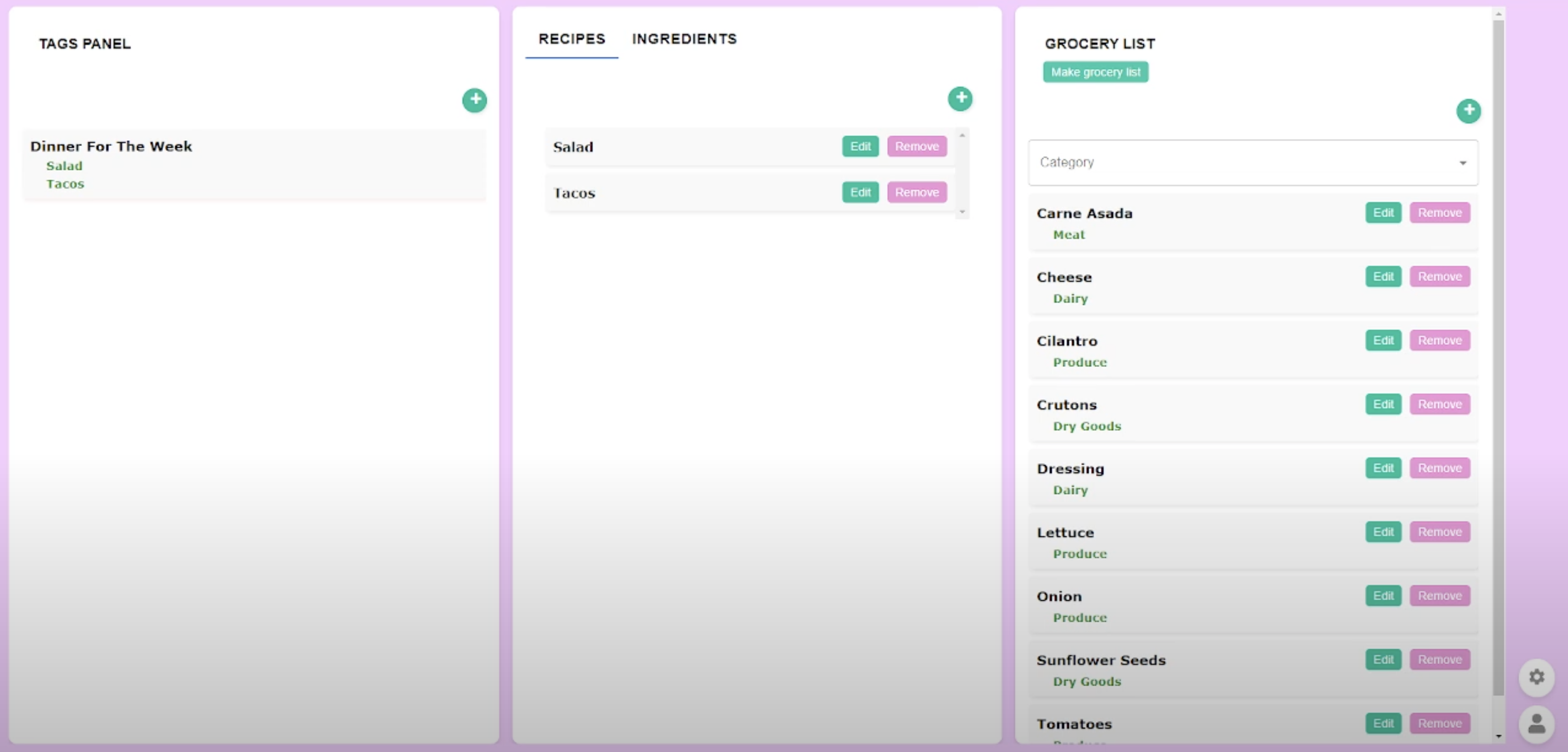Harshita Narnoli
Hi there! I'm currently a graduate student at the University of Arizona (Tucson) , working with Professor Mihai Surdeanu on research involving large language models and machine learning. My research focuses on protecting text-to-image models from adversarial attacks, specifically the "Divide-and-Conquer Attack" (DACA). By using text summarization, our method significantly improves the detection and moderation of obfuscated prompts.
I earned my Master's degree in May 2024, and during this time, I also actively collaborated with Professor Joshua Levine at The Humans, Data, and Computers Lab .
Before this, I earned a Bachelor's degree in Computer Science and Engineering through MAKAUT in 2017. I began my career as a web developer, focusing on Java and the Spring MVC framework. During this time, I led a team on NRI Fintech project targeting the Shanghai and Shenzhen stock exchanges. Afterward, I moved to a Senior Software Developer role at Alien Brains, where I worked with Ruby on Rails, managed frontend and backend teams, and served as a Scrum Master.

Applied Publications
-
Finding a Wolf in Sheep's Clothing: Combating Adversarial Text-To-Image Prompts with Text Summarization
Selected Publications
-
Activity-Aware Data Rate Tuning in Wireless Body Area Networks
The study presents Activity-Aware Data Rate Tuning (A2D), an innovative approach for Wireless Body Area Networks (WBANs), emphasizing the importance of considering patients' physical activities in evaluating health criticality. The proposed method adjusts the data rate of physiological sensors based on criticality values, recognizing the variability of sensor readings with changing physical activity. The effectiveness of the scheme is demonstrated through implementation on a real hardware and software platform.
-
A Computer Vision Framework for Partitioning of Image-Object Through Graph Theoretical Heuristic Approach
This study aims to develop a graph-theoretical computer vision framework for partitioning image objects into segments, employing a heuristic approach aligned with human perception. The framework utilizes a polygonal approximation scheme to represent shapes as simplified graphs, deriving a vertex-visibility graph through a straightforward algorithm. An iterative clique extraction strategy based on heuristics is introduced to decompose the shape-representative graph. Evaluation using the MPEG-7 shape dataset suggests comparable performance to existing schemes.
Academics
2024
-
August 2022 - May 2024
2017
Experiences
2022-2024
-
May 2023 - Jan 2024• I worked on generation of Isosurfaces from Implicit Neural Representations (INRs).
• Collaborated with Josh Levine on research involving visualization and machine learning, to focus on the construction of Implicit Neural Representations (INRs) and data analysis utilizing latent embeddings.
-
College of Science, The University of Arizona, TucsonSpring '23 - CSC 473 Automata, Grammars, and Languages (Instructor: Eric Anson)
Fall '22 - CSC 346 Cloud Computing (Instructor: Mark Fischer)
2020-2022
-
Jan 2020 - July 2022Served as a backend developer, utilizing Ruby on Rails technology, while also taking on the role of a Scrum Master. Assigned tasks to both frontend and backend teams in alignment with the design and client's expectations.
2017-2019
-
Aug 2017 - Dec 2019Engaged in projects utilizing Spring MVC and JAVA technologies, directly interfaced with clients, crafted models, and managed production support.
2016
-
Dec 2015 - Jan 2016Contributed to the development of an interactive web page that displayed real-time data from various sensors on the human body using an Arduino.
Volunteering
2024
-
Fall 2023 - PresentIn my role, I assist students by explaining ideas, guiding them through projects, and giving presentions in our meetings. I focus on making complex concepts easy to understand, creating a supportive learning environment. I have been assigned to assist in the development of a website and other coding problems in Python.
Academic Projects
2023
-
A PyQt5-based GUI serves as an integrated tool for visualizing the Theory of Mind-based Cognitive Architecture for Teams (ToMCAT) dataset, part of a collaborative project aiming to create a comprehensive multimodal visualization tool. Accepting experimental data in CSV and PNG formats, it facilitates the analysis of various data types (fNIRS, eye tracking, EEG), providing insights into cognitive processes during tasks, aiding researchers in understanding team interactions across diverse environments.




